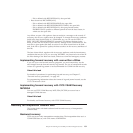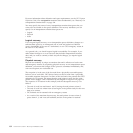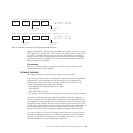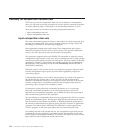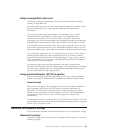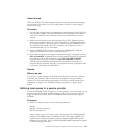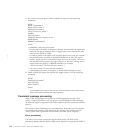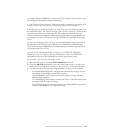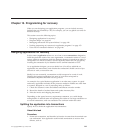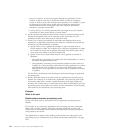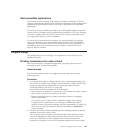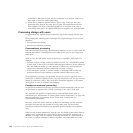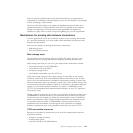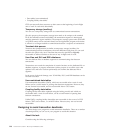not usable, message DFHPI0117 is issued, and CICS continues without BTS, using
the existing channel-based container mechanism.
If a CICS failure occurs before the Web service starts or completes processing, BTS
recovery ensures that the process is rescheduled when CICS is restarted.
If the Web service abends and backs out, the BTS process is marked complete with
an ABENDED status. For request messages that require a response, a SOAP fault is
returned to the Web service requester. The BTS process is canceled, and CICS
retains no information about the failed request. CICS issues message DFHBA0104
on transient data queue CSBA, and message DFHPI0117 on transient data queue
CPIO.
For one way messages, there is no way to return information about the failure to
the requester so the BTS process is retained in a COMPLETE ABENDED state.
CICS issues message DFHBA0104 on transient data queue CSBA, and DFHPI0116
on transient data queue CPIO.
You can use the CBAM transaction to display any COMPLETE ABENDED
processes, or you can supply a recovery transaction to check for COMPLETE
ABENDED processes of the DFHMQSOA and take appropriate action.
For example, your recovery transaction could:
1. Reset the BTS process using the RESET ACQPROCESS command.
2. Issue the RUN ASYNC command to retry the failing Web service. It could keep a
retry count in another data-container on the process, to avoid repeated failure.
3. Use information in the associated data-containers to report on the problem:
The DFHMQORIGINALMSG data-container contains the message received
from WMQ, which might contain RFH2 headers.
The DFHMQMSG data-container contains the WMQ message with any
RFH2 headers removed.
The DFHMQDLQ data-container contains the name of the dead letter queue
associated with the original message.
The DFHMQCONT data-container contains the WMQ MQMD control block
relating to the MQ GET for the original message.
Chapter 12. Defining recoverability for CICS-managed resources 139



